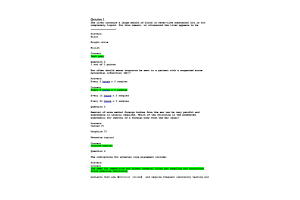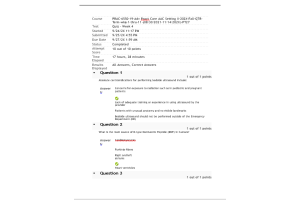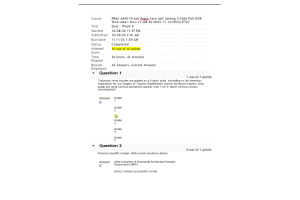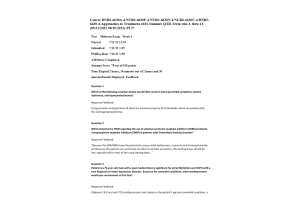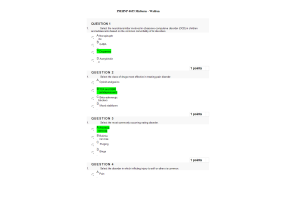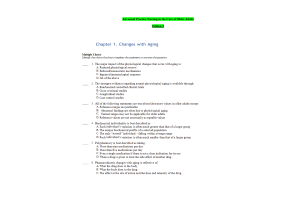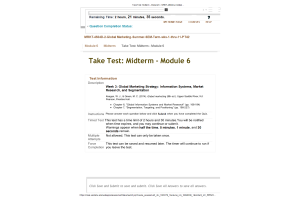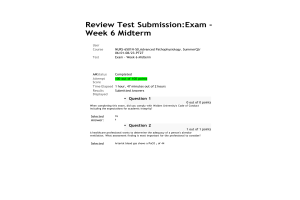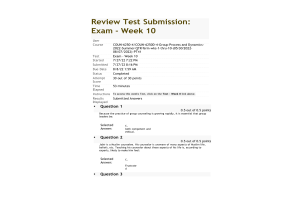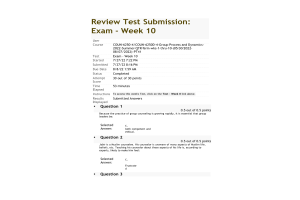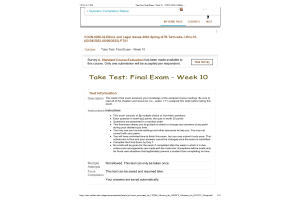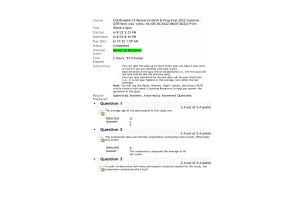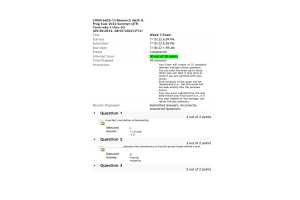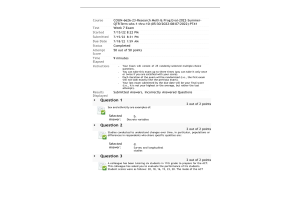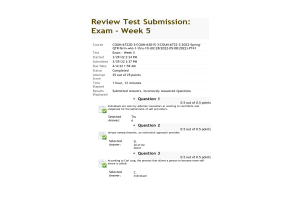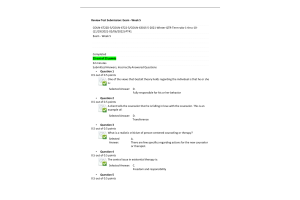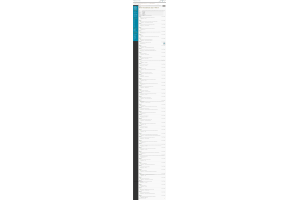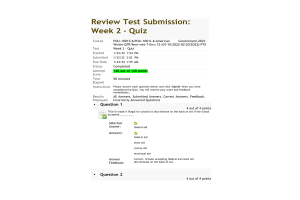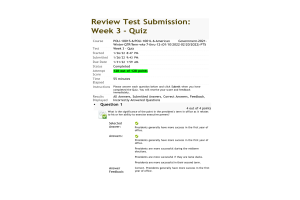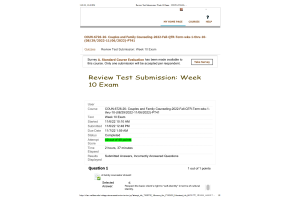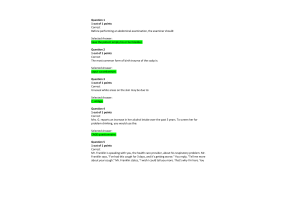NURS 3020 Final Exam (100 out of 100 Point)
- $55.00
- Question: You are conducting a clinical breast examination for your 30-year-old patient. Her breasts are symmetrical with bilateral, multiple tender masses that are freely moveable with well-defined borders. You recognize that these symptoms and assessment findings are consistent with:
- Question: The examiner percusses for diaphragmatic excursion along the:
- Question: While interviewing a 70-year-old female clinic patient, she tells you that she takes ginkgo biloba and St. John's wort. You make a short note to check for results of the:
- Question: You are performing a two-point discrimination test as part of a well physical examination. The area with the ability to discern two points in the shortest distance is the:
- Question: Which portion of the physical examination is best done with the patient standing?
- Question: While examining a 30-year-old woman, you note that one breast is slightly larger than the other. In response to this finding, you should:
- Question: You are conducting a preparticipation physical examination for a 10-year-old girl with Down syndrome who will be playing basketball. She has slight torticollis and mild ankle clonus. What additional diagnostic testing would be required for her?
- Question: Nerves that arise from the brain rather than the spinal cord are called:
- Question: Diabetic peripheral neuropathy will likely produce:
- Question: The checkout station for preparticipation physical evaluation (PPE) is critical because at this point:
- Question: When you attempt to move a 10-month-old child from his mother's lap to the examination table, he screams loudly. Your best action is to:
- Question: When the Goodenough-Harris Drawing Test is administered to a child, the evaluator principally observes the:
- Question: Montgomery tubercles are most prominent in the breasts of:
- Question: The Mini-Mental State Examination:
- Question: An examiner has rotated a brush several times into the cervical os. The brush was withdrawn and stroked lightly on a glass slide. The slide was sprayed with fixative. Which type of specimen requires this technique for collection?
- Question: Which medical condition would exclude a person from sports participation?
- Question: As Mr. B. enters the room, you observe that his gait is wide based and he staggers from side to side while swaying his trunk. You would document Mr. B.'s pattern as:
- Question: An ophthalmoscopic eye examination involves:
- Question: You are examining a patient in the emergency department who has recently sustained head trauma. In order to initially assess this patient's neurologic status, you would:
- Question: During chest assessment, you note the patient's voice quality while auscultating the lung fields. The voice sound is intensified, there is a nasal quality to the voice, and the e's sound like a s. This sound is indicative of:
- Question: The physical assessment technique most frequently used to assess joint symmetry is:
- Question: When palpating joints, crepitus may occur when:
- Question: When assessing superficial pain, touch, vibration, and position perceptions, you are testing:
- Question: If pitting edema is unilateral, you would suspect occlusion of a:
- Question: You are interviewing a 20-year-old patient with a new-onset psychotic disorder. The patient is apathetic and has disturbed thoughts and language patterns. The nurse recognizes this behavior pattern as consistent with a diagnosis of:
- Question: A 23-year-old white woman has come to the clinic because she has missed two menstrual periods. She states that her breasts have enlarged and that her nipples have turned a darker color. Your further response to this finding is to:
- Question: If a patient cannot shrug the shoulders against resistance, which cranial nerve (CN) requires further evaluation?
- Question: The best way to ease the apprehension of a 3-year-old child before a physical examination is to:
- Question: In the most effective percussion technique of the posterior lung fields, the patient cooperates by:
- Question: Inquiry about nocturnal muscle spasms would be most significant when taking the musculoskeletal history of:
- Question: A finding that is indicative of osteoarthritis is:
- Question: A cervical polyp usually appears as a:
- Question: Your patient's chief complaint is repeated pencil-like stools. Further examination should include:
- Question: Normal changes of the aging brain include:
- Question: The musculoskeletal examination should begin when:
- Question: When palpating breast tissue, the examiner should use the at each site.
- Question: A positive straight leg raise test usually indicates:
- Question: The strength of the trapezius muscle is evaluated by having the patient:
- Question: A red, hot swollen joint in a 40-year-old man should lead you to suspect:
- Question: The finger-to-nose test allows assessment of:
- Question: The goals of preparticipation sports evaluation include:
- Question: Which condition is considered progressive rather than reversible?
- Question: For purposes of examination and communication of physical findings, the breast is divided into:
- Question: Kawasaki disease is suspected when assessments of a child reveal:
- Question: The spread of the impulse through the ventricles (ventricular depolarization) is depicted on the ECG as the:
- Question: The family history for a patient with joint pain should include information about siblings with:
- Question: Bimanual examination of the uterus includes:
- Question: You are inspecting the genitalia of an uncircumcised adult male. The foreskin is tight and cannot be easily retracted. You should:
- Question: At your first meeting with a patient, it is usually best to say:
- Question: Assessing orientation to person, place, and time helps determine:
- Question: When is the mental status portion of the neurologic system examination performed?
- Question: Nancy Walker is a 16-year-old girl who presents to the clinic with complaints of severe, acute chest pain. Her mother reports that Nancy, apart from occasional colds, Nancy is not prone to respiratory problems. What potential risk factor is most important to assess with regards to Nancy's current problem?
- Question: Ulnar deviation and boutonniere deformities are characteristic of:
- Question: Part of the screening orthopedic component of the examination includes evaluating the person while he or she is:
- Question: The Mini-Mental State Examination should be administered for the patient who:
- Question: Functional assessment is most important during the examination of a(n):
- Question: Palpation of epitrochlear nodes is part of the:
- Question: While collecting personal and social history data from a woman complaining of breast discomfort, you should question her regarding:
- Question: While collecting personal and social history data from a woman complaining of breast discomfort, you should question her regarding:
- Question: The difference in blood pressure readings between the right and the left arms is considered normal up to mm Hg.
- Question: A patient in the deepest coma would be scored a on the Glasgow Coma Scale.
- Question: A grade IV mitral regurgitation murmur would:
- Question: A 12-year-old boy relates that his left scrotum has a soft swollen mass. The scrotum is not painful upon palpation. The left inguinal canal is without masses. The mass does transilluminate with a penlight. This collection of symptoms is consistent with:
- Question: A pulsation that is diminished to the point of being barely palpable would be graded as:
- Question: Palpation of a normal prostate in an older adult is likely to feel:
- Question: One of the most important aspects to consider in the orthopedic screening examination is:
- Question: Temporalis and masseter muscles are evaluated by:
- Question: Your older clinic patient is being seen today as a follow-up for a 2-day history of pneumonia. The patient continues to have a productive cough, shortness of breath, and lethargy and has been spending most of the day lying in bed. You should begin the chest examination by:
- Question: You are conducting an examination of Mr. Curtis's heart and blood vessels and auscultate a grade III murmur. The intensity of this murmur is:
- Question: To hear diastolic heart sounds, you should ask patients to:
- Question: An idiopathic spasm of arterioles in the digits is termed:
- Question: Which one of the following techniques is used to detect a torn meniscus?
- Question: Cranial nerve XII may be assessed in an infant by:
- Question: To assess a cremasteric reflex, the examiner strokes the:
- Question: Which cranial nerves are usually evaluated during the examination of the eyes?
- Question: Anterior cruciate ligament integrity is assessed via the test.
- Question: Throughout the history and physical examination, the clinician should:
- Question: To spread the breast tissue evenly over the chest wall, you should ask the woman to lie supine with:
- Question: When assessing a 17-year-old for nuchal rigidity, you gently raise his head off the examination table. He involuntarily flexes his hips and knees. To confirm your suspicions associated with this positive test, you would also perform a test for the sign.
- Question: In the adult, the apical impulse should be most visible when the patient is in what position?
- Question: The rectal past medical history of all patients should include inquiry about:
- Question: The adnexa of the uterus are composed of the
- Question: The presence of cervical motion tenderness may indicate:
- Question: Tarry black stool should make you suspect:
- Question: You are assessing Mr. Z.'s fluid volume status as a result of heart failure. If your finger depresses a patient's edematous ankle to a depth of 6 mm, you should record this pitting as:
- Question: Electrical activity recorded by the electrocardiogram (ECG) tracing that denotes the spread of the stimulus through the atria is the:
- Question: Loss of immediate and recent memory with retention of remote memory suggests:
- Question: Your 15-year-old patient is athletic and thin. Radiography of an ankle injury reveals a stress fracture. You should question this patient about her:
- Question: Postural hypotension is defined as a when the patient stands, compared with sitting or supine readings.
- Question: Postural hypotension is defined as a when the patient stands, compared with sitting or supine readings:
- Question: Which of the following statements is true regarding the examination of peripheral arteries?
- Question: It is especially important to test for ankle clonus if:
- Question: Recent unilateral inversion of a previously everted nipple suggests:
- Question: Breath sounds normally heard over the trachea are called:
- Question: Examination of the patient in the lithotomy, or knee-chest, position includes:
- Question: If your patient has nipple discharge, you will most likely need a:
- Question: When conducting a geriatric assessment, basic activities of daily living (ADLs) include:
- Question: The reliability of health-related findings and observations is the responsibility of the:
- Question: An apical PMI palpated beyond the left fifth intercostal space may indicate:
- Question: You are examining Mr. S., a 79-year-old diabetic man complaining of claudication. Which of the following physical findings is consistent with the diagnosis of arterial occlusion?
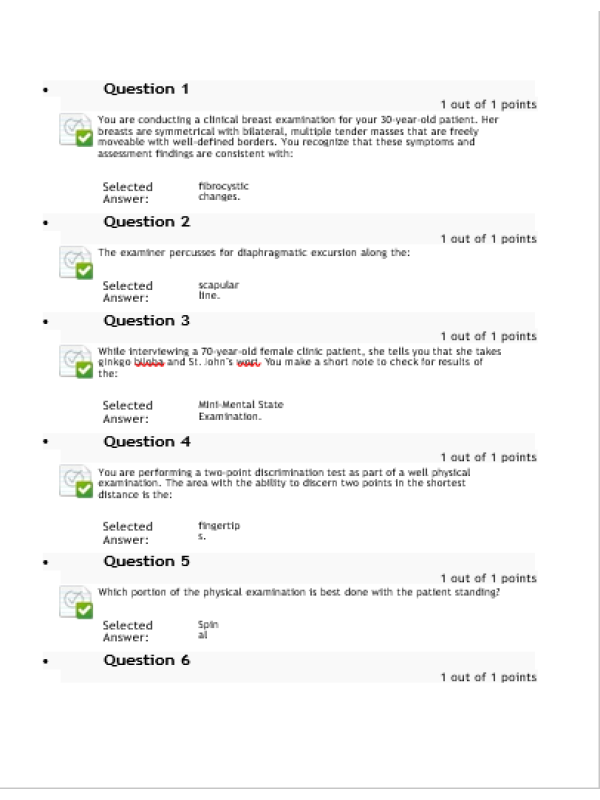
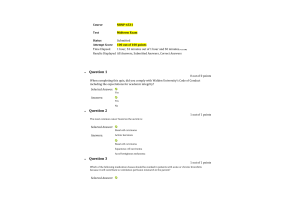
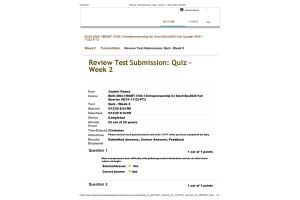
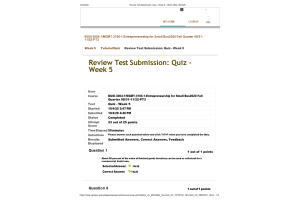
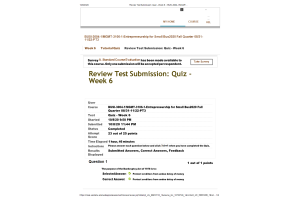
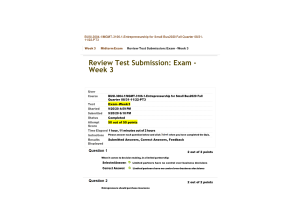
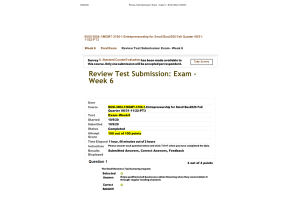
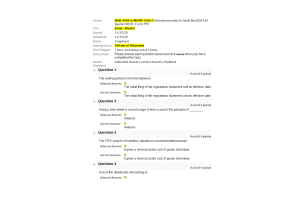
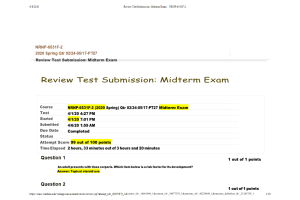
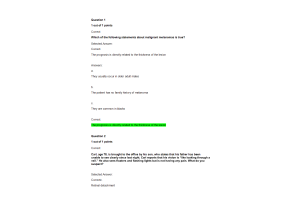
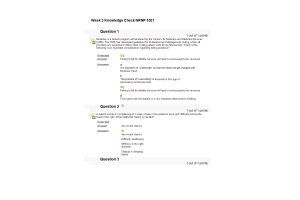
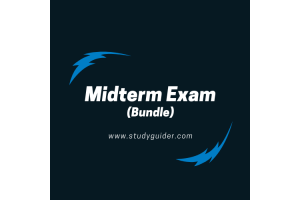
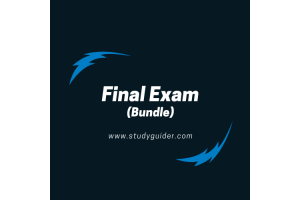
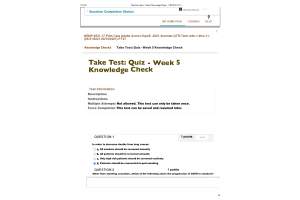
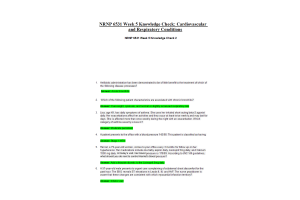
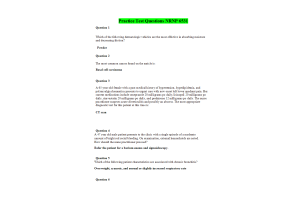
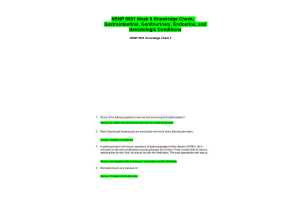
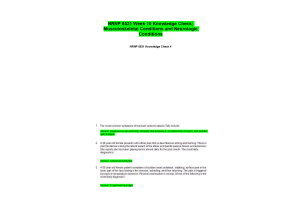
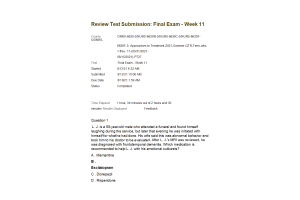
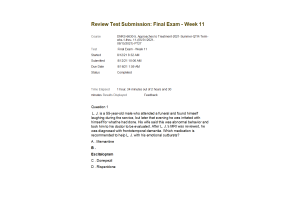
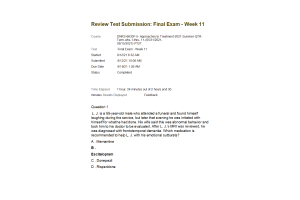
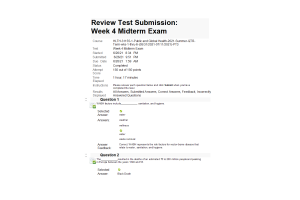
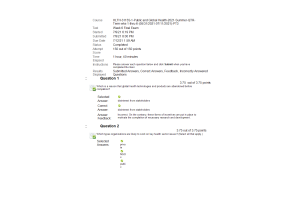
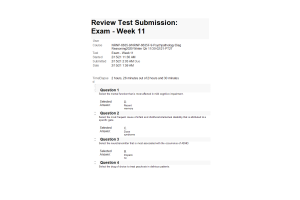
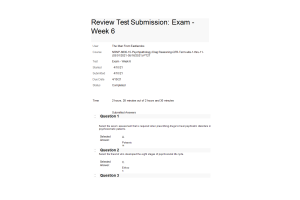
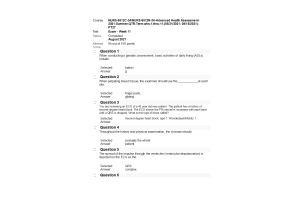
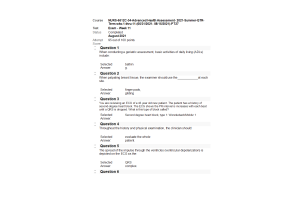
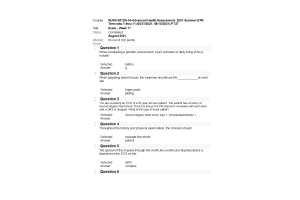
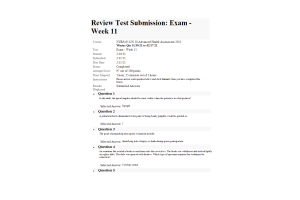
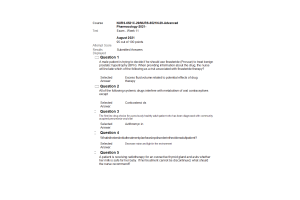
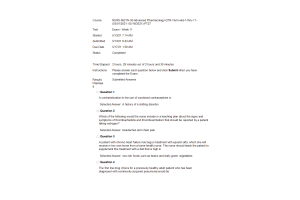
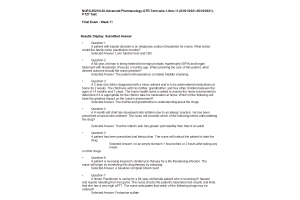
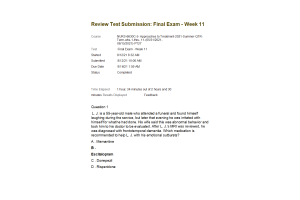
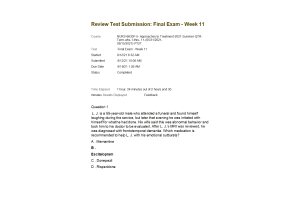
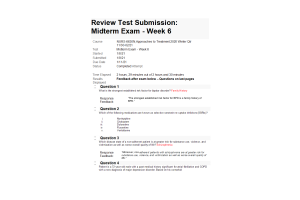
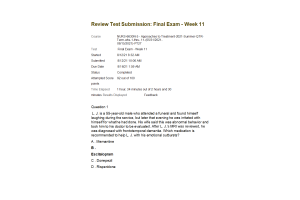
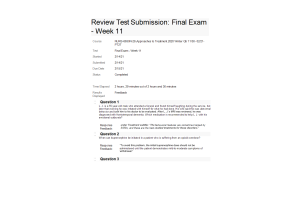
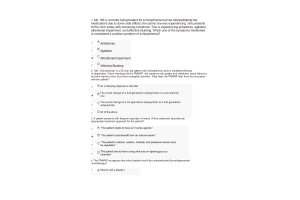
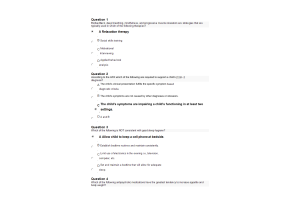
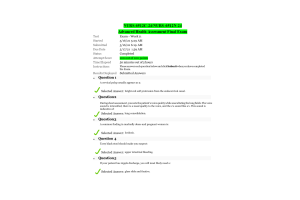
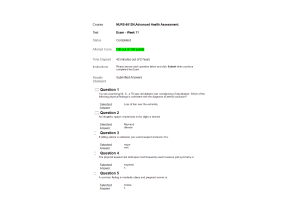
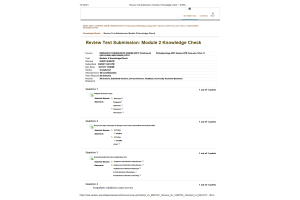

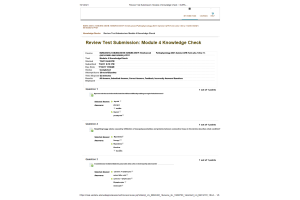
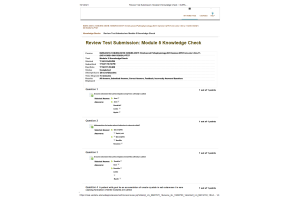
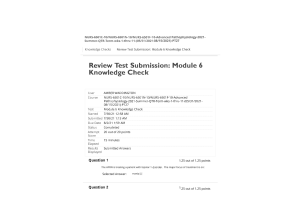
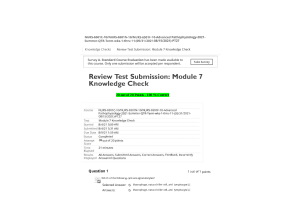
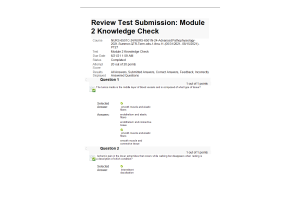
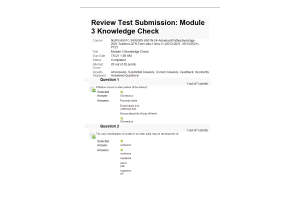
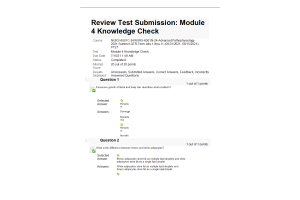
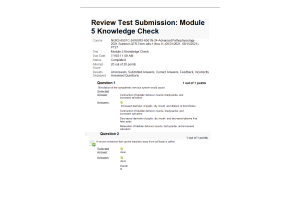
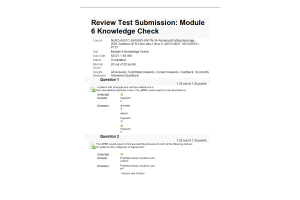
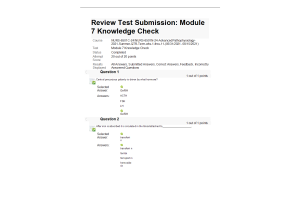
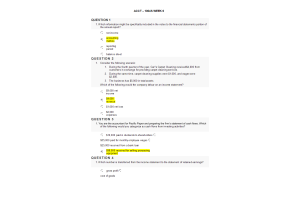
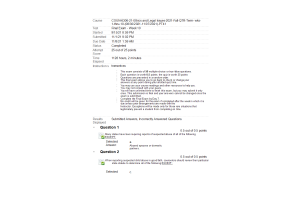
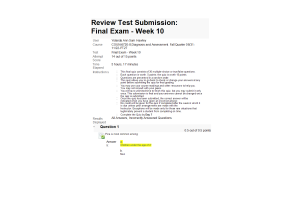
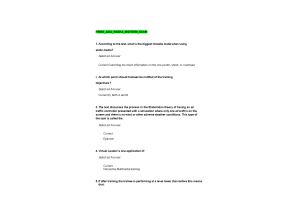
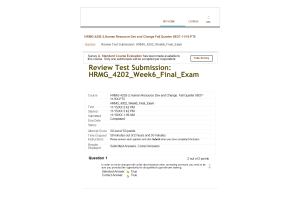
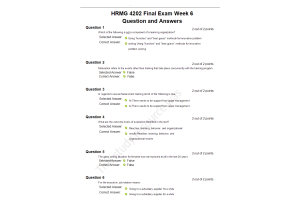
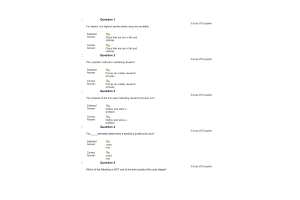
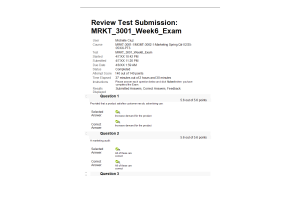
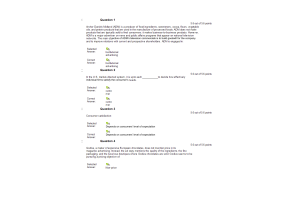
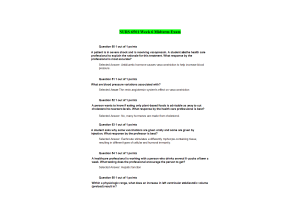
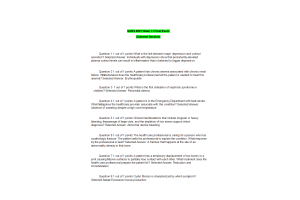

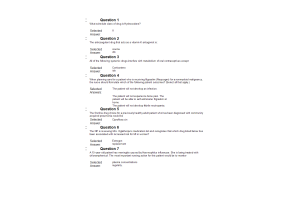
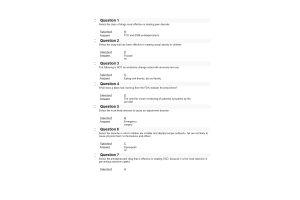
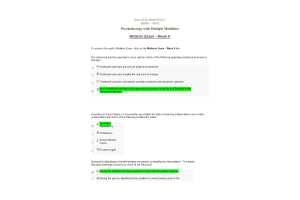
-300x200.png)
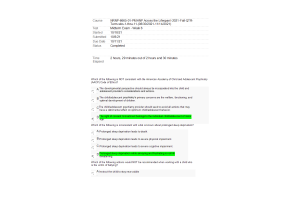
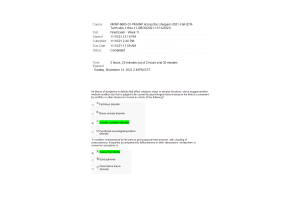
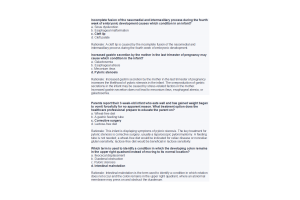
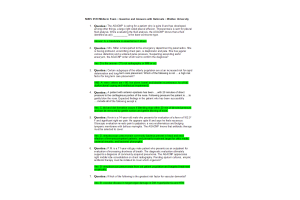
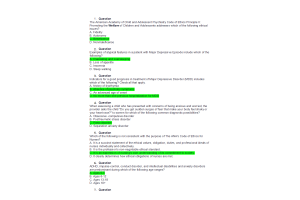
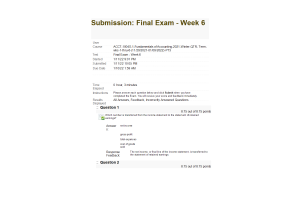
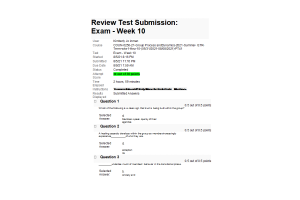
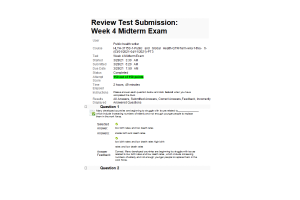
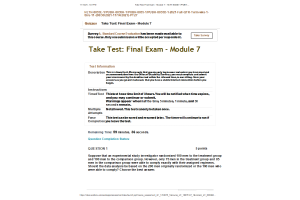
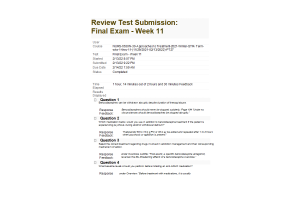
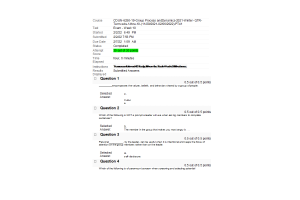
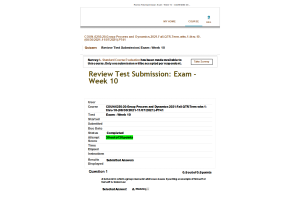

/NRNP 6635 Week 11 Final Exam (Fall 2021)-300x200.png)

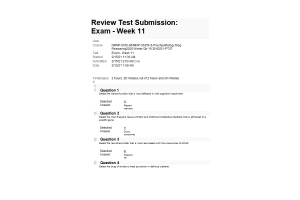
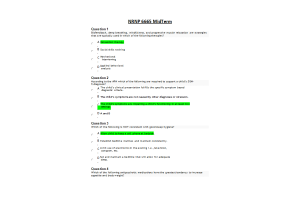
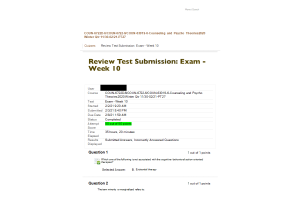
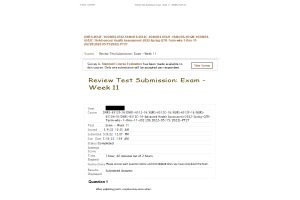
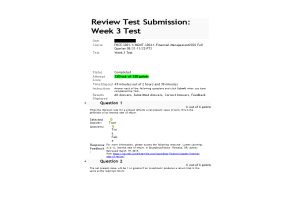
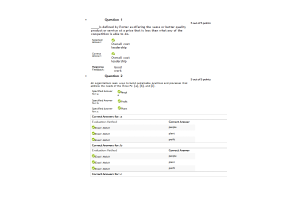
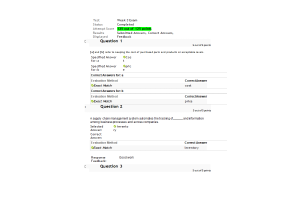
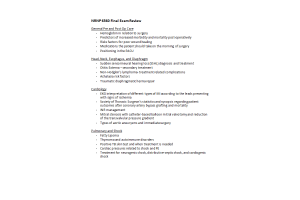
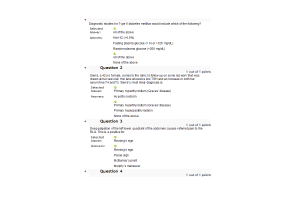
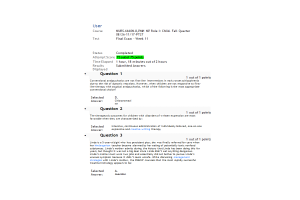
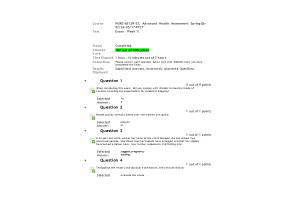
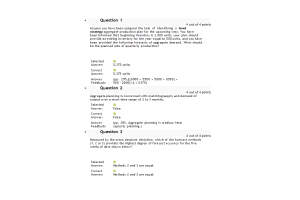
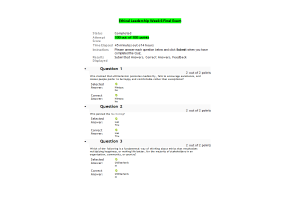
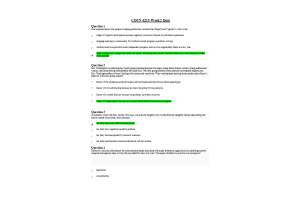
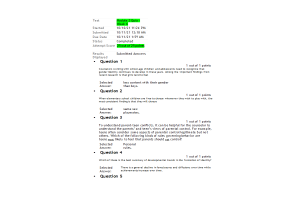
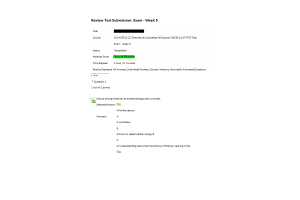
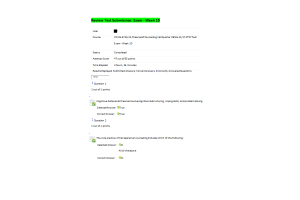
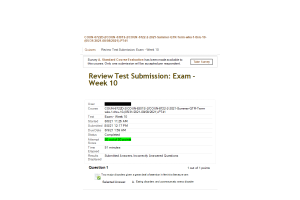
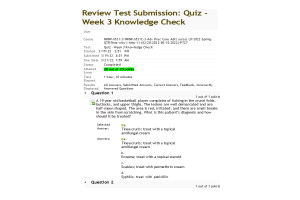
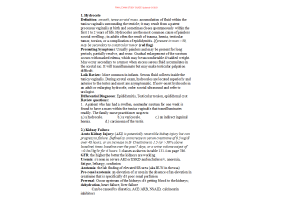
-300x200.png)
 v1-300x200.png)
v2-300x200.png)
v3-300x200.png)
-300x200.png)
-300x200.png)
-300x200.png)
-300x200.png)
-300x200.png)
